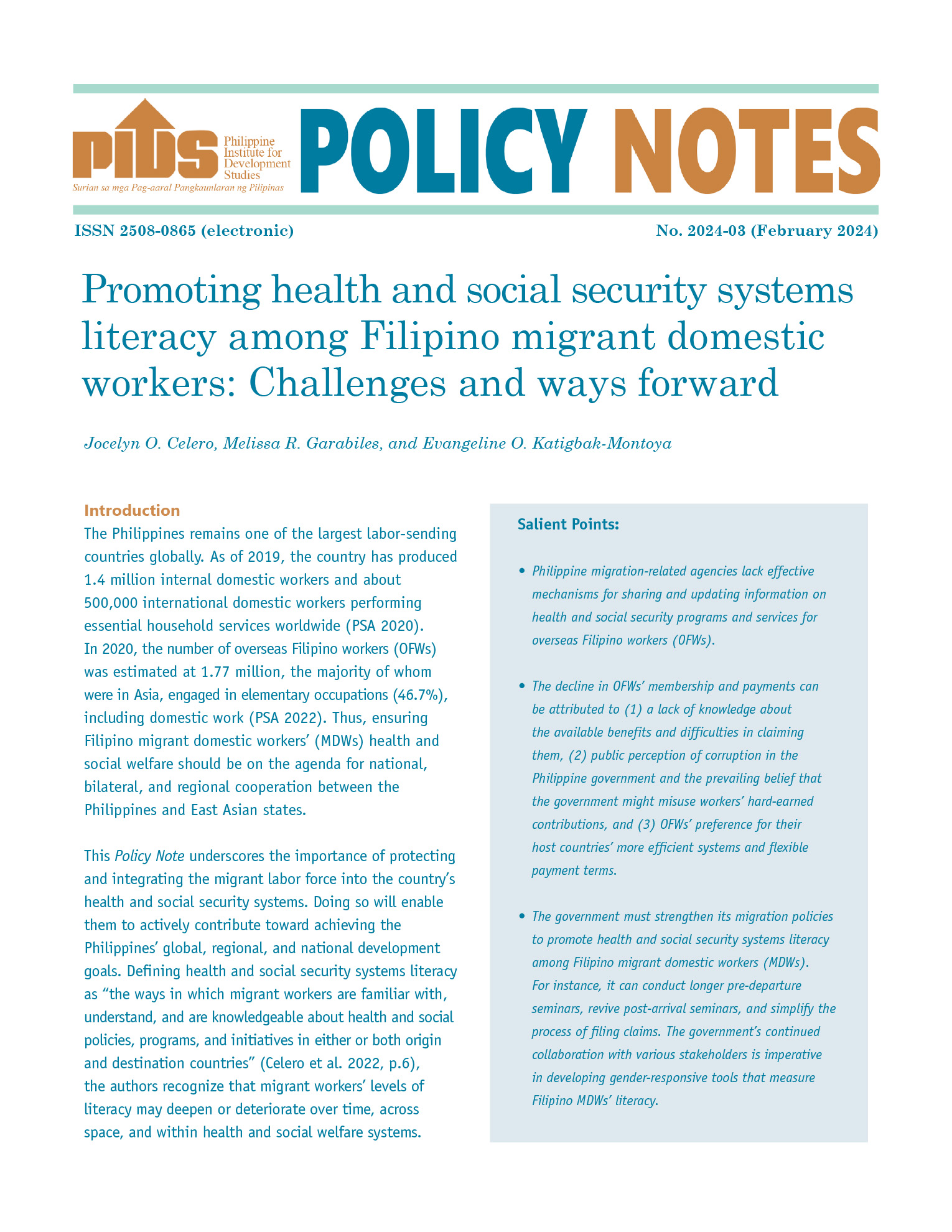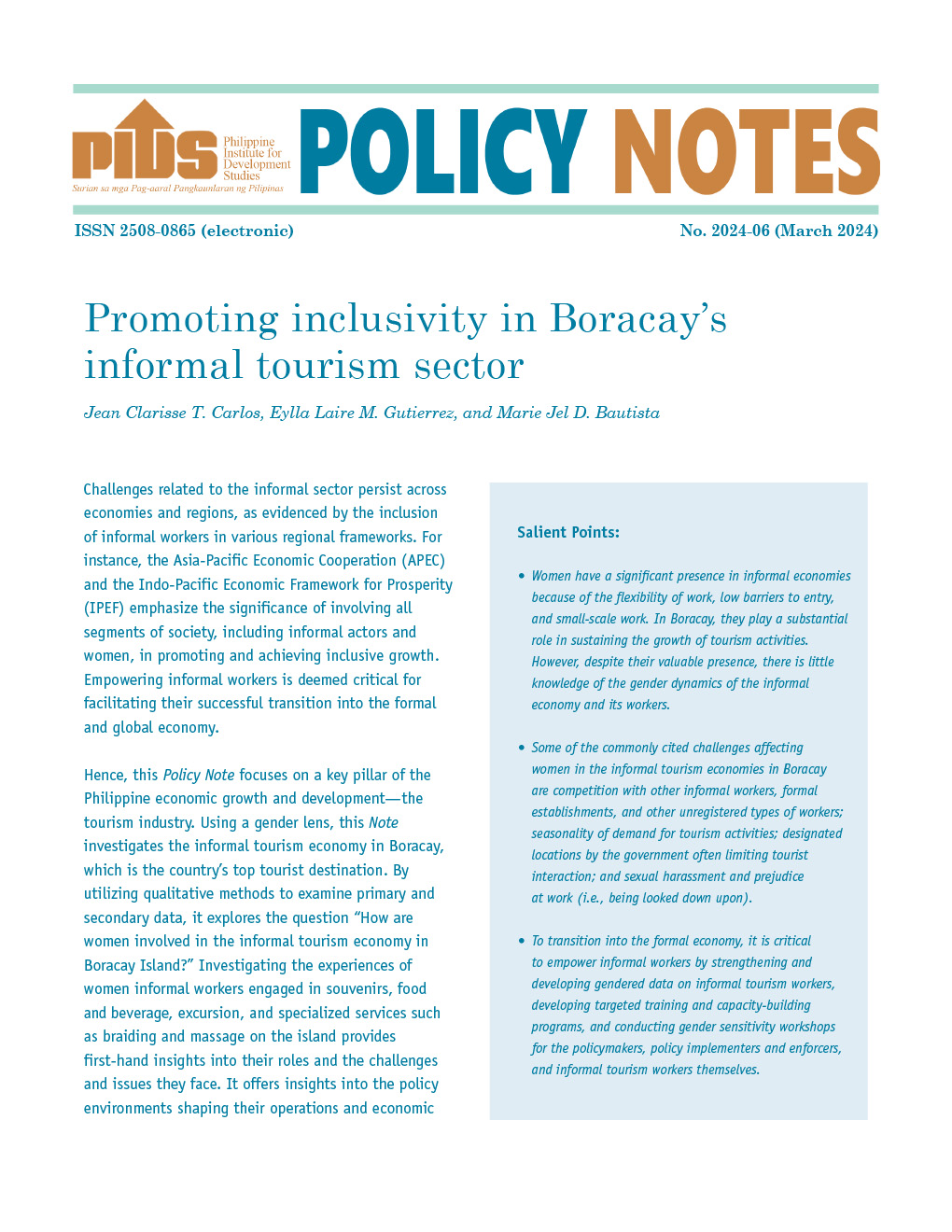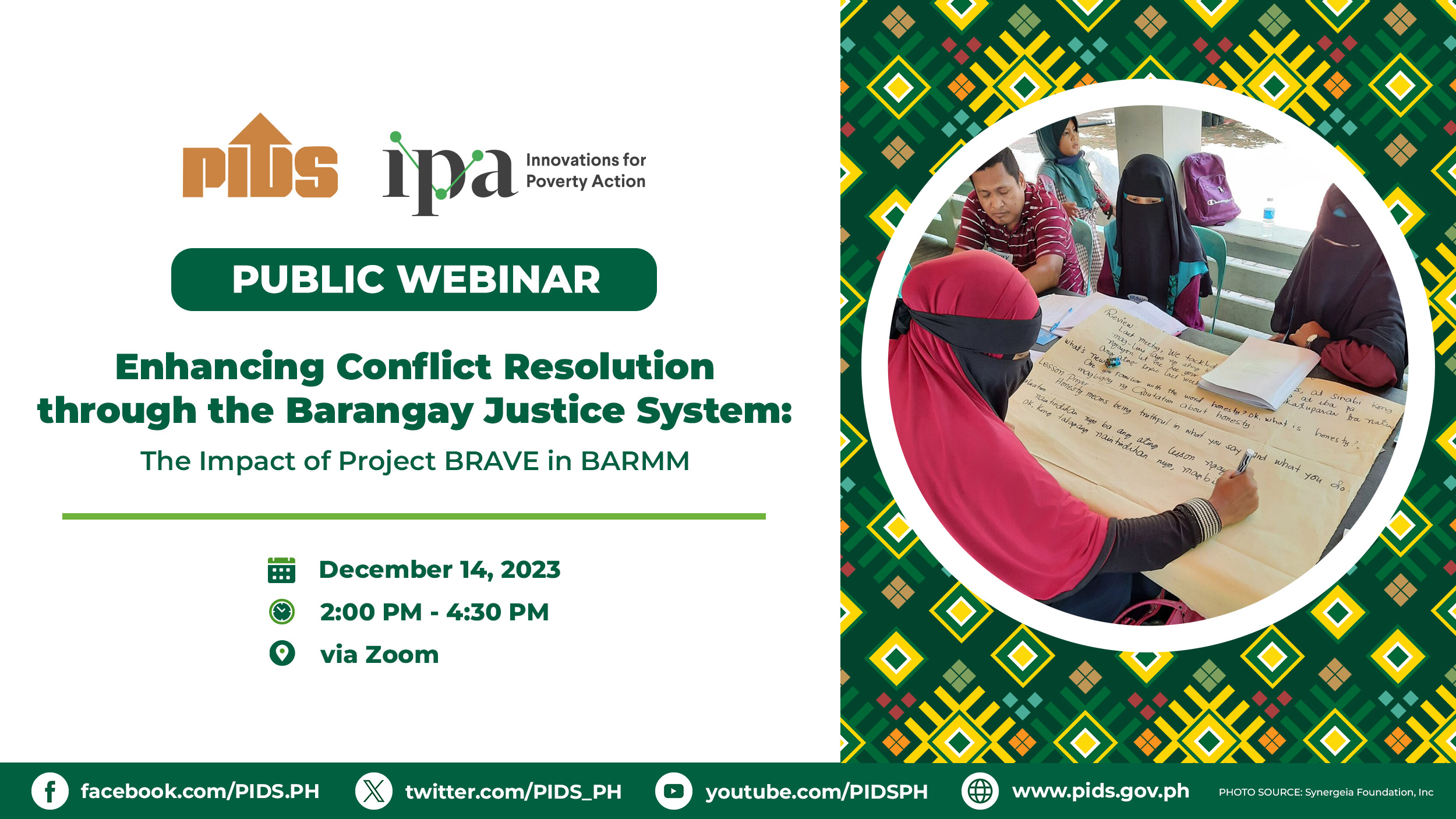PAMPANGA, Philippines — It was the accidental discovery of a group of street childrenliving under a bridge in Angeles City that made Joy Cruz, executive director of Kuliat Foundation Inc. (KFI), reflect about her work.
Recently, Cruz met 10-year-old Hero, who told her about the hardships of a child forced to work every day to be able to eat.
"It was a typical story of a street kid who ran away from home because his parents were very abusive and violent... In the streets, he met people who forced him to work in exchange for food and temporary shelter. He used to stay in a shanty when we met him,” she said.
Hero is among the millions of Filipino children who are still being denied their rights. And Cruz made it a goal to again raise public awareness of this.
In celebration of the National Children’s Month, the KFI, in cooperation with the Angeles City Tourism Office (ACTO), End Child Hunger Philippines (ECHP), Teatro Angeleño, held a month-long photo and arts exhibit about the rights of a child at the Museo Angeles (October 4 to 7) and at the Angeles City Library and Information Center (October 9 to 31).
October marked the 22nd National Children’s Month (NCM), which aims to promote and protect the physical, spiritual, intellectual, and social well-being of the child, as well as to emphasize the importance of the role of the child in the Filipino family.
In September, the United Nations Children’s Fund (Unicef) also celebrated the 25th anniversary of the Convention on the Rights of the Child (CRC). As a State Party to the Convention, the Philippines is committed to working with local communities and encouraging the policymakers to advance the goals and ideas linked to the CRC.
The Council for the Welfare of Children (CWC), meanwhile, announced the theme of this year’s National Children Month as "Bata Kasali Ka, Ikaw ay Mahalaga" (Child, get involved. You are important). The theme highlights the significance of protecting, promoting, and fulfilling the rights of a child to a meaningful participation in all government undertakings where children’s concerns including the rights are at stake.
State of the Filipino children
While the country has signed and ratified the CRC, the Philippines still has a long way to go in terms of pursuing government policies and practices that ensure the promotion and protection of children's rights.
Based on the latest report of the National Statistical Coordination Board, as of 2009, poverty remained a big challenge with the number of children under poverty level estimated at 40.8% of the total child population — about 14.4 million poor children. (READ: National survey: We have many malnourished children)
In terms of education, a study conducted by the Philippine Institute for Development Studies in 2011 showed that only about 88% of children aged between 6 and 11 years old were in primary school, while about 60% of children aged between 12 and 15 years old were in secondary school. (READ: DepEd 2014 target: Get 1M dropouts back to school)
The 2011 report of the Department of Labor and Employment also indicated that around 2.9 million children aged 5 to 15 years old were out of school, while 12% of Filipino children took part in child labor. (READ: The children who can't enter kindergarten)
Many children’s rights groups are urging the government to address these challenges and include the Filipino children in the decision-making process.
The Child and Youth Welfare Code (Presidential Decree No. 603) listed the rights of children:
Right to a balanced diet, adequate clothing, sufficient shelter, proper medical attention, and all the basic physical requirements of a healthy and vigorous life.
Right to an education commensurate with his abilities and to the development of his skills for the improvement of his capacity for service to himself and to his fellowmen.
Right to protection against exploitation, improper influences, hazards, and other conditions or circumstances prejudicial to his physical, mental, emotional, social, and moral development.
POWER OF ARTS. Some of the artists who contributed to the exhibit believe that the arts serve as a powerful tool to promote and propagate the rights of children to the local communities
POWER OF ARTS. Some of the artists who contributed to the exhibit believe that the arts serve as a powerful tool to promote and propagate the rights of children to the local communities
Raising children’s rights awareness
Cruz said that the October exhibit was also meant to inspire people to join a call to action among members of the local community.
"Through the photo exhibit, people can understand the most basic rights of the children in a simple way, visually showing actions that might violate them,” according to Cruz.
Cruz said visual arts provide people with powerful tools of self-expression as they tap commitments to a campaign that ensures the rights of the children.
Cruz noted that the public should not stop at knowing the rights of the children. She hopes that the community can be proactive in addressing the most pressing concerns of the children.
"The primary purpose of the foundation is to preserve the history, culture, and tradition of Angeles City. But then we also realized that as members of the community, we have the responsibility to look after the future generations,” explained Cruz, adding that the foundation is currently undertaking educational and feeding programs for the street children of Angeles City.
Simple ways
ECHP founder John Jurado stressed that improving the condition of the Filipino children should start at the local level. (READ: Does your local government protect children?)
"People always contemplate on whether they should help or not. Some fear that their actions may not be good enough. But the simplest things matter the most when it comes to helping children attain their rights. They can start by volunteering, donating, and supporting the programs of their local communities,” Jurado said.
STREET CHILDREN. KFI executive director Joy Cruz and ECHP founder John Jurado happily pose with some of the beneficiaries of their organizations’ program for street childrenSTREET CHILDREN. KFI executive director Joy Cruz and ECHP founder John Jurado happily pose with some of the beneficiaries of their organizations’ program for street children
The country is still far from achieving its goal of lifting the plight of children.
The efforts of both the government and its citizens should not stop at the mere attainment of positive data, children’s rights advocates reiterated. (READ: Bill seeks to protect children during emergencies) — Rappler.com
Ferth Vandensteen Manaysay is a former Rappler intern. He is presently a correspondent for the ASEAN-Korea Center and a reporter at the Sun Star Daily. He has a Political Science degree from the University of the Philippines Diliman.//










